Nestled neatly within the rolling prairies and sparse pine forests of the Black Hills region of South Dakota is a small manhole-sized opening in a rock wall. In itself, it would be nothing of great interest to the casual passerby, except that from its dark recesses emits a peculiar whistling sound, which invites curiosity.
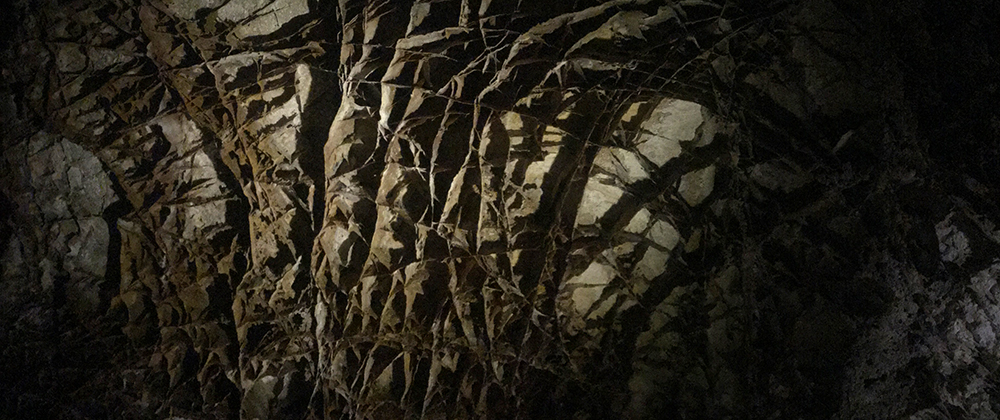
Guide to Wind Cave
Wind Cave National Park
From this small hole in the rock wall, cool winds emerge from the cave, sometimes with significant force. Other times, the wind is sucked into the cave, with equally great force. This small opening is considered a sacred portal to the spirit world by the native Lakota Sioux and it is the only natural entrance to the seventh longest known cave system on the planet.
Today, this sacred portal is the centerpiece of Wind Cave National Park. Held within its walls are more than 150 miles of underground passageways. This subterranean world is more than 300 million years old, making it one of the oldest caves on the planet.
The Wind
The strange forceful winds that blast through the small hole are now known to be the result of changes in atmospheric pressure. Areas of differing pressures seek to equalize, causing wind to move from high pressure areas toward low pressure areas. In order for air pressure to equalize on the inside and outside of the cave, air moves between, and it does so rapidly.
Wind Cave is a very large cave system, with an extremely small opening considering the amount of air that is transferred during atmospheric changes. This creates forceful winds that have been measured in excess of 50 miles per hour at the cave’s small natural opening.
All caves are subject to such atmospheric transfer, however most have much larger openings and thus do not experience winds as prolific as those at Wind Cave. The strong currents present here foster an environment that is drier than that found in most other caves.
Because of this, Wind Cave does not contain great numbers of traditional speleothems, such as stalagmites and stalactites, which are formed as a result of water dripping through limestone. In their place however, are collections of boxwork, which are small, honeycomb-like crystal fins that line the ceilings and walls of many areas inside the cave. Boxwork formations are an extremely rare phenomenon and Wind Cave holds more than 95 percent of the world’s known boxwork.
Exploring Wind Cave
The national park service offers a number of guided journeys into this underground labyrinth, and a cave tour is an absolute necessity during a visit to our seventh national park. A good introduction can be obtained by taking the 1-hour Garden of Eden tour or the 1.25-hour Natural Entrance Tour.
More inquisitive cave hounds may be inclined to just go for it with the 4-hour Wild Cave Tour, although this tour is only available during the summer months. While the caves are obviously marvelous, the land above the cave is worth a gander as well.
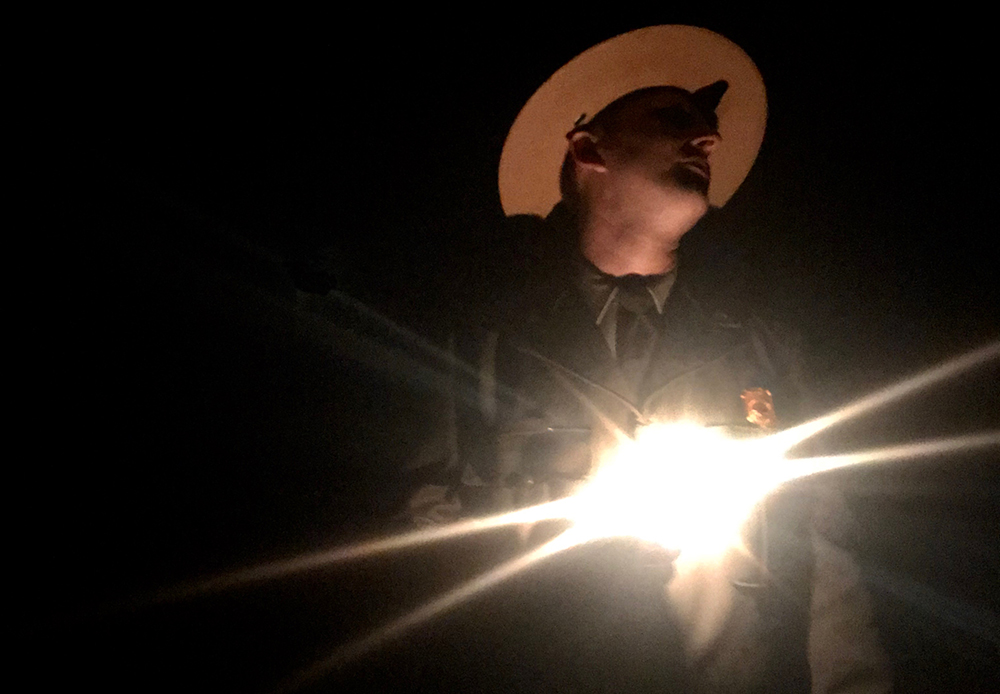
Above the Cave
Wind Cave is a relatively small park at a mere 28,295 acres, and can be covered relatively quickly by a motivated park junkie. There are just over 30 miles of hiking trails in the park that usually offer a solitary stroll through prairies littered with clusters of pines and a couple of out-of-the-way roads that receive minimal travel, yet offer stunning wildlife viewing opportunities.
The landscape of the Black Hills region is one of transition. Here, the eastern tall grass prairie meets the western short grass prairie, and the Great Plains begin their graceful transition to the mountains of the American West. Biologists refer to such areas as “ecotones”, geographic regions where two or more ecosystems meet.
Wind Cave contains ponderosa pine and aspen forests, along with riparian woodlands which stand among a sprawling natural mixed-grass prairie that make up the largest such prairie in the country. This convergence of flora and fauna produces an area rich with a diversity of wildlife which can often be easily observed by early-rising visitors.
Wildlife
The park’s residents range from small to massive with both prairie dogs and bison co-mingling with all sizes of neighbors in between. Prairie dogs can be observed along most of the parks roadways, and their predators such as badgers, bobcats and coyotes sometimes reveal themselves in these areas as well.
A more unknown predator of the prairie dog is the black-footed ferret, who was reintroduced to the park in 2007. Lucky visitors may even see one of these curious lil creatures swept up by a swooping bird of prey, such as a hawk or an eagle… keep your eyes open…
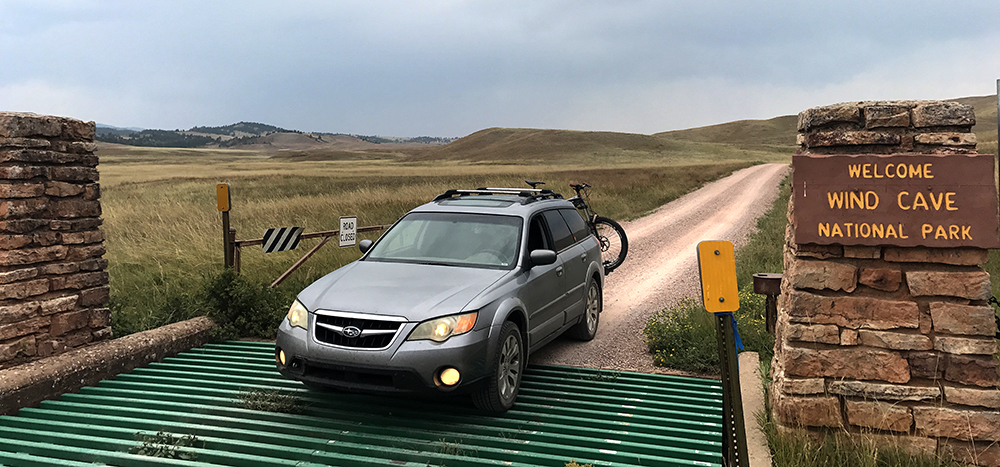
Wind Cave provides a home for an estimated 300 to 500 elk, although these guys are usually difficult to spot as they are hunted outside the park, and thus they prefer to stay concealed.
Also calling this park home is the fastest land mammal in the western hemisphere, the pronghorn, who can easily cruise at speeds that reach 60 miles per hour. Unfortunately, despite their great speed, these things can’t jump fences, so the park is a great place for them to reside. Elk and pronghorn can often be observed near the south entrance to the park on the NPS 5 and 6 roads, and out toward Boland Ridge.
The park is also home to a herd of bison that are believed to be one of only four pure-bred bison herds remaining in North America. These massive creatures once were virtually innumerable on America’s Great Plains, with estimated numbers in the tens of millions.
However, these majestic beasts were nearly eliminated in the late 1800s by hunters who sought their horns, tongues and hides for sale at eastern markets. At the time Wind Cave became the nation’s seventh national park in 1903, there were no bison to be found in the area, aside from a few privately held animals that were given shelter by local ranchers who had taken it upon themselves to protect the species. Numerous newspapers reported that their once great numbers had been reduced to less than 500 animals.
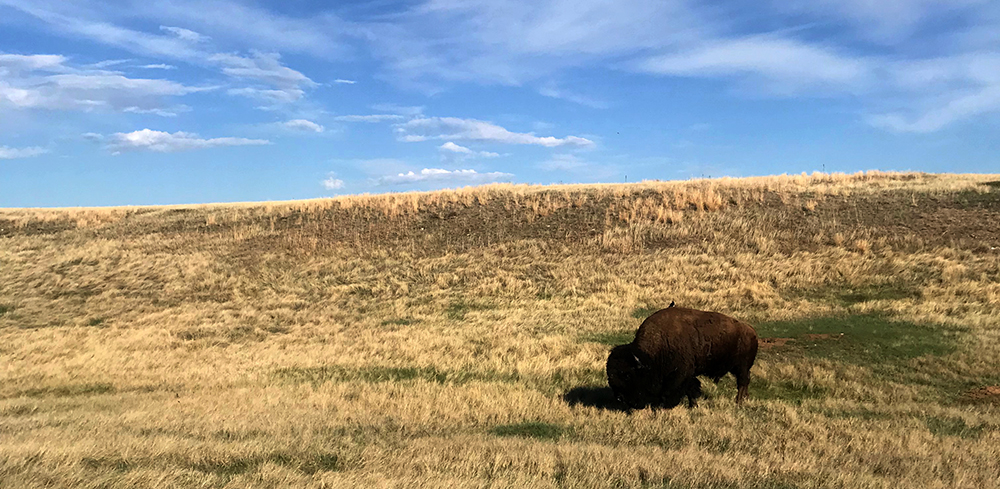
Efforts to revive the bison’s numbers began to turn in 1905, when the American Bison Society was formed from a group of 16 people who met to discuss the situation at the Lion House of the New York Zoological Society.
Among the founding members of the society was Theodore Roosevelt, who had just signed the legislation to create Wind Cave National Park two years earlier. This group began to designate a number of areas that would be prime for a reintroduction of the species. Wind Cave was chosen as one of those places, and was set to receive 14 bison, 7 male and 7 female.
Congress established the Wind Cave National Game Preserve in August of 1912, which would eventually become part of the national park, and on November 24, 1913, the fourteen bison arrived. Unlike the original bison that had came from the cave, according to Lakota legend, these bison emerged from steel railway cars and slowly found their way into the fields that would become their new home. Three years later, the park received another 6 bison from Yellowstone, along with 25 elk and 9 pronghorn antelope, and by 1924 the number of these bison had grew their number to 130. Welcome home…
Guests who wish to spend the night in the park must be content with camping, as the only accommodation in the park is the Elk Mountain Campground, which at 4,250 feet in elevation, is open year-round and has 61 campsites, 13 of which are tent-only and there are 25 pull-through RV sites.
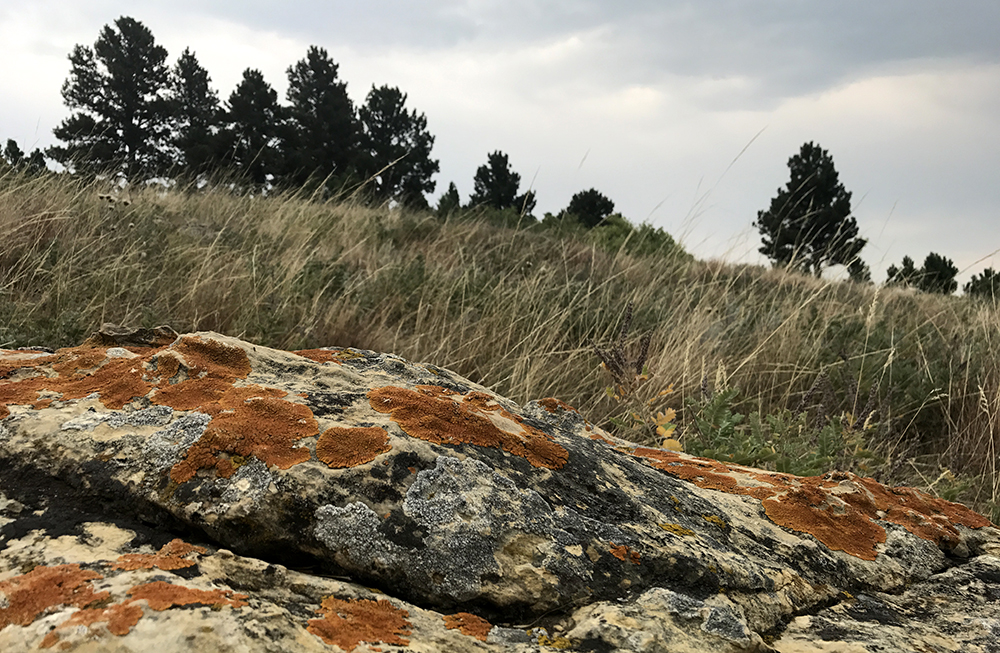
The nearby towns of Hot Springs, 15 miles from the south entrance, and Custer, 25 miles north, have adequate lodging and dining options and Custer State Park, at the northern boundary of Wind Cave has campgrounds, motels and food services. Custer State Park holds an additional 71,000 acres of woods and prairie, and is also home to much of the wildlife that roams the land of Wind Cave.
Cave tours are offered year-round and tickets can be purchased at the Wind Cave Visitor Center. The visitor center is open from 8am to 4:30pm, but is closed on Thanksgiving, Christmas and New Year’s Day.
Park Junkie Verdict
Wind Cave offers a quiet high plains landscape with few visitors and winding trails worthy of exploration. The subterranean features found in Wind Cave are unlike those found in any other, and a cave tour provides an opportunity to explore its endless inner passageways.
The park is slightly out-of-the-way, but the nearby town of Hot Springs provides all necessary amenities and the park’s campground is a great location from which to base a multi-day visit.
Overall, this park may not hold thrilling mountain peaks and rushing rivers, but a visit to Wind Cave can certainly provide an escape from the hectic pace of visits to the more popular parks.
See ya there…
Guide to Wind Cave
Relevant Links
National Park Guides

All content found on Park Junkie is meant solely for entertainment purposes and is the copyrighted property of Park Junkie Productions. Unauthorized reproduction is prohibited without the express written consent of Park Junkie Productions.
YOU CAN DIE. Activities pursued within National Park boundaries hold inherent dangers. You are solely responsible for your safety in the outdoors. Park Junkie accepts no responsibility for actions that result in inconveniences, injury or death.
This site is not affiliated with the National Park Service, or any particular park.
